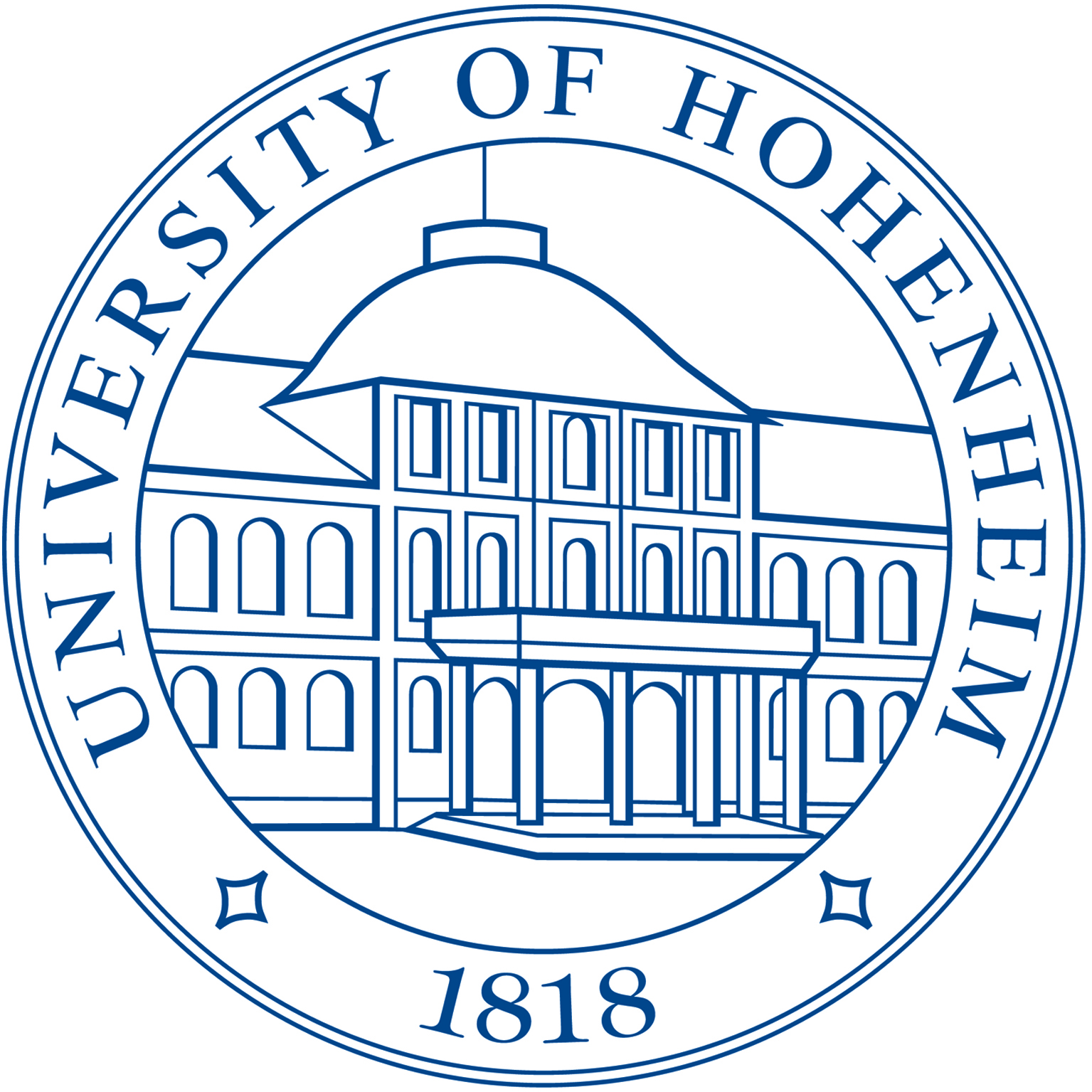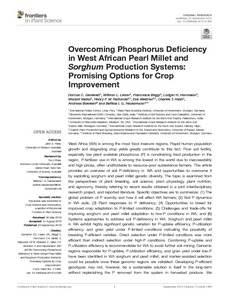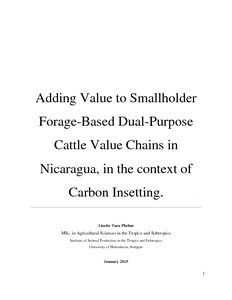Location
The University of Hohenheim is a campus university located in the south of Stuttgart, Germany. Founded in 1818, it is Stuttgart's oldest university. Its primary areas of specialisation had traditionally been agricultural and natural sciences. Today, however, the majority of its students are enrolled in one of the many study programs offered by the faculty of business, economics and social sciences. The faculty has regularly been ranked among the best in the country, making the University of Hohenheim one of Germany's top-tier universities in these fields. The university maintains academic alliances with a number of partner universities and is involved in numerous joint research projects.
Source: Wikipedia (d.d. November 9th 2017)
Members:
Resources
Displaying 1 - 5 of 29Overcoming phosphorus deficiency in West African pearl millet and sorghum production systems: promising options for crop improvement
West Africa (WA) is among the most food insecure regions. Rapid human population growth and stagnating crop yields greatly contribute to this fact. Poor soil fertility, especially low plant available phosphorus (P) is constraining food production in the region. P-fertilizer use in WA is among the lowest in the world due to inaccessibility and high prices, often unaffordable to resource-poor subsistence farmers. This article provides an overview of soil P-deficiency in WA and opportunities to overcome it by exploiting sorghum and pearl millet genetic diversity.
Extreme wildlife declines and concurrent increase in livestock numbers in Kenya: What are the causes?
There is growing evidence of escalating wildlife losses worldwide. Extreme wildlife losses have recently been documented for large parts of Africa, including western, Central and Eastern Africa. Here, we report extreme declines in wildlife and contemporaneous increase in livestock numbers in Kenya rangelands between 1977 and 2016. Our analysis uses systematic aerial monitoring survey data collected in rangelands that collectively cover 88% of Kenya’s land surface. Our results show that wildlife numbers declined on average by 68% between 1977 and 2016.
Trade-offs for climate-resilient pastoral livelihoods in wildlife conservancies in the Mara Ecosystem, Kenya: Small Grants Programme
Report. Workshop on Integrating Biodiversity and Ecosystem Services into Foresight Models.
The workshop held at Bioversity International in Rome, Italy, from 7 – 8 May 2015
Brought together a group of researchers and members of CGIAR centers, and other
institutions who are interested in modelling biodiversity and ESS using geospatial
data. The workshop focused on modeling at different scales: household/farm level, the agricultural sector level and the economy – wide level, in order to explore trade - offs and complementariness between productivity, nutrition and ESS.
Adding value to smallholder forage-based dual-purpose cattle value chains in Nicaragua, in the context of carbon insetting. Thesis (MSc. in Agricultural Sciences in the Tropics and Subtropics)
The thesis explores the extent to which payment for the ecosystem service of carbon sequestration
provided in a value chain context, through an innovative climate change mitigation and adaptation
strategy known as 'carbon insetting', could generate 'win-win' outcomes for all actors.
Drawing on examples of where the concept of carbon insetting has been adopted in coffee and cocoa value chains in Mexico and Honduras respectively, the thesis investigated the feasibility of






